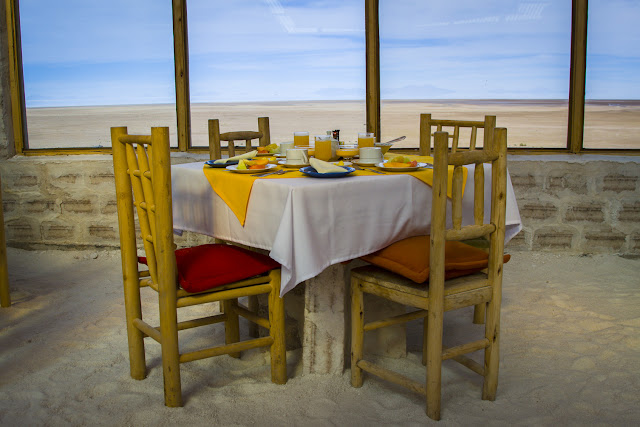Bolivia, The World's most dangerous road
It's a bike ride like no other, I didn't know anything about it, when I first went to Bolivia in 2006. I was advised about this adventure by Iosu and Ivan, 2 Spanish travel mates who I met by coincidence in La Paz. I had actually saw them few weeks earlier in Bogota, Colombia, they had arrived at the hostel while I was leaving, what a coincidence!

Many name have been given to this deadly road: North Yungas Road, Grove's Road, Coroico Road, Camino de las Yungas, Road of fate or Death Road.
69 kilometres (43 mi) road connecting La Paz to the Amazon rainforest, precisely to Coroico.
We left La Paz early in the morning with 2 vans, we were a group of 20 backpackers, the drivers dropped us off to the upper part of the route at La Cumbre Pass to around 4,650 metres (15,260 ft) we started cycling from there.
I remember there was snow and the air was very thin, we were wearing shorts but the the adrenaline made the feeling of cold disappear. The temperature is very hot when you arrive to Coroico, at the end of the road, 1,200 metres (3,900 ft). the road wasn't wider than 3.2 metres and no guard rails.


The road was built in the 1930s by Paraguayan prisoners during the Chaco War.
The Yungas Road has been modernised: 2 lanes, pavement, guardrails etc. It is definitely safer now and someone told me that there are no vehicles now as it became just an attraction for tourists, please let me know if you have any update.

Rain, fog and dust reduce visibility, the road surface is often muddy and can loosen rocks from the road.

It is nearly all downhill, from 4,650 metres down to 1,200 metres, speed increases almost imperceptibly, your hands are constantly on the brakes 1 error can cost your life.
I rode the bike very carefully we were told that an Israeli backpacker died 2 weeks earlier, actually with the same travel guide who took us there, he told us the story, he said that he told the 2 friends off several times hence they took the distance from the group and kept playing with each other until one of them made the fatal error falling 80 meters down.

No wonder it is known as "The world's most dangerous road", or "Death road"
this has became now, one of the most popular activities for backpackers in Bolivia.
At least 18 cyclists have died on the ride since 1998.
A statistic says that 200 to 300 travellers use to die yearly along the road. There are cross markings along the road where vehicles have fallen.
On 24 July 1983, a bus veered fell into a canyon, killing more than 100 passengers in what is said to be Bolivia's worst road accident.



This was the resort in Coroico were we relaxed at the end of the route, there was a swimming pool showers and a restaurant.

Iosu interviewing our guide for his documentary "Costura de America"














































